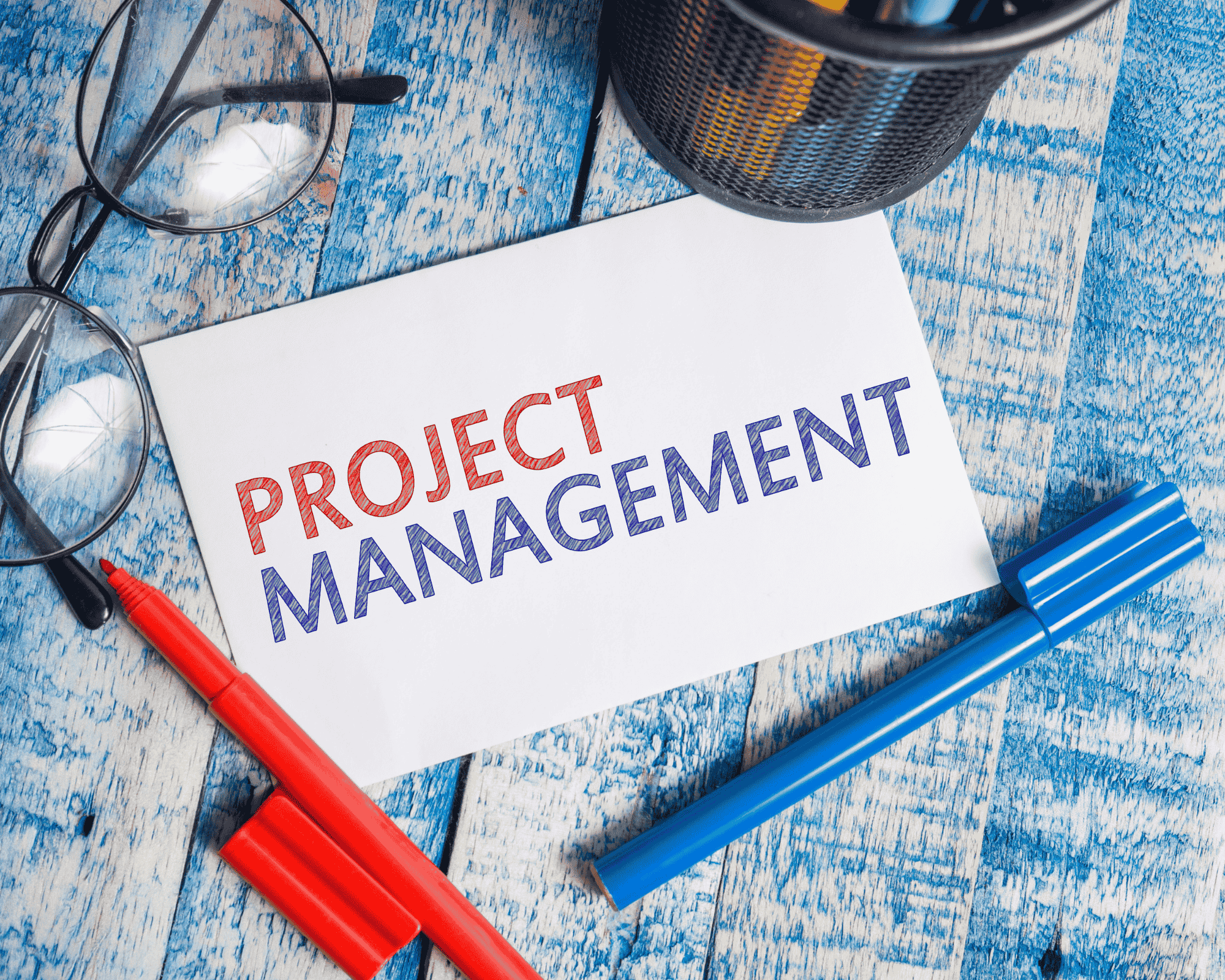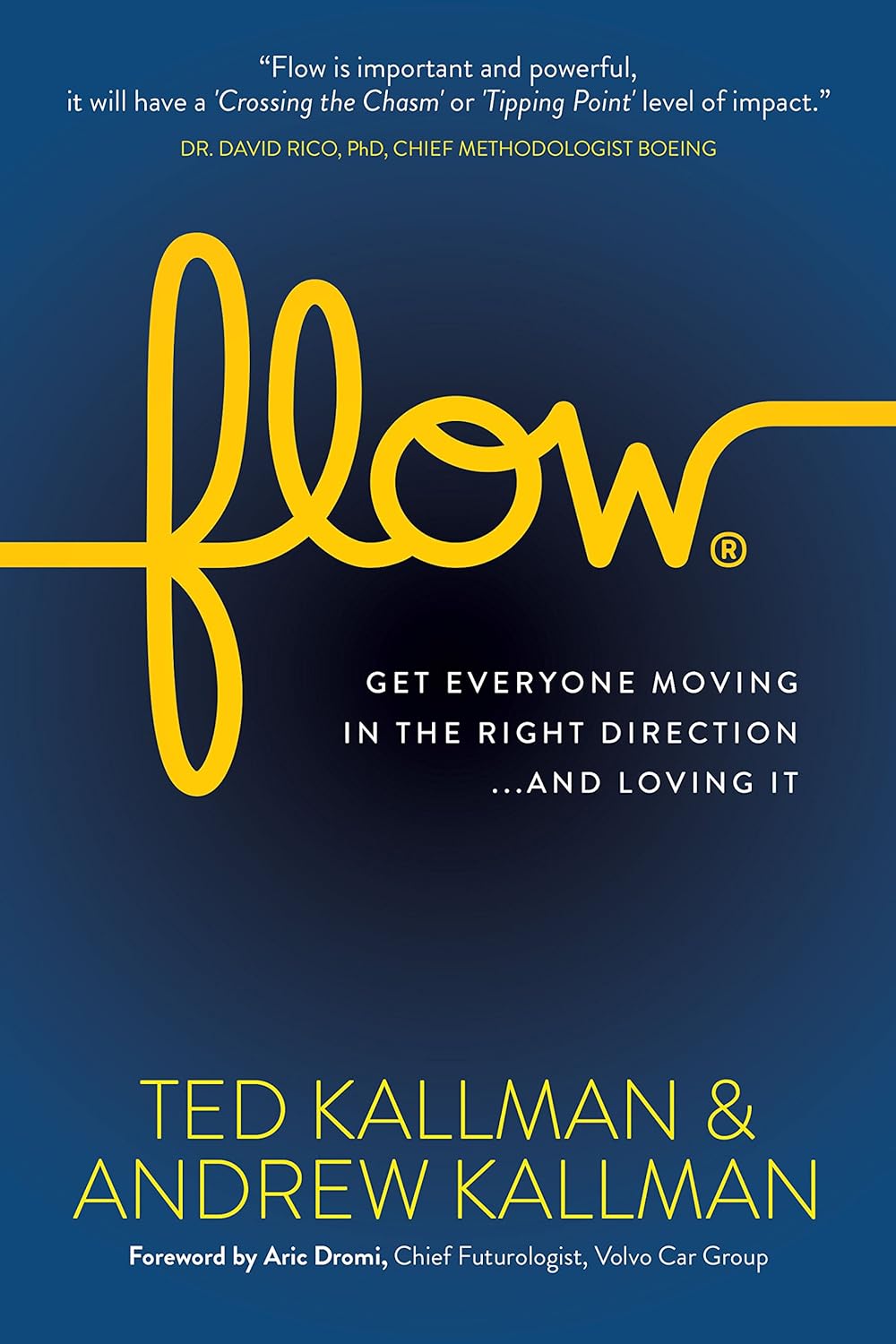
Flow
What is Flow?
Flow refers to a mental state in which a person becomes fully immersed in an activity, experiencing deep focus, enjoyment, and productivity. In project management, flow often describes the optimal engagement of team members when they work with clear goals, immediate feedback, and a balance between challenge and skill. The concept originates from psychology but has been widely adopted in professional settings to support effective task management and team performance.
When individuals or teams are in a state of flow, they tend to lose track of time, feel in control, and complete tasks with higher quality and efficiency. Flow contributes to overall project success by enhancing motivation and reducing the cognitive strain that can come with multitasking or poorly structured work.
Key Points
- Flow is a highly focused mental state that increases productivity and engagement.
- It typically occurs when tasks are challenging but match the person’s abilities.
- Distractions and unclear objectives can disrupt flow and reduce efficiency.
- In team settings, establishing structured workflows and reducing interruptions can help sustain this state.
- Encouraging flow supports individual well-being and project momentum.
Related Terms
- The term work breakdown structure helps define transparent and manageable tasks that support achieving a state of flow.
- Timeboxing enables individuals to focus on one activity at a time, promoting the conditions necessary for flow.
- Kanban systems reduce task switching and visually represent progress, helping teams maintain a steady workflow.
- A sprint backlog provides structure and clear, short-term goals, enabling developers to enter a state of flow.
- Agile methodology encourages iterative work cycles that naturally support focused, uninterrupted work.
Flow: Example
A software development team working in two-week sprints uses Kanban boards to visualize tasks and timeboxes daily activities. During a sprint, each developer focuses on a single task with minimal distractions. One developer, assigned a complex coding feature, becomes fully engaged and works through it without noticing the passage of time. The team completed the task ahead of schedule and with fewer errors. This experience reflects a flow state, supported by structured planning and autonomy.
Flow: Best Practices
- Design tasks that match individual skills with the right level of challenge and complexity.
- Minimize external interruptions through explicit communication norms.
- Utilize visual task management tools to provide immediate feedback and clarity on goals.
- Encourage regular breaks to reset focus and sustain productivity over time.
- Provide autonomy and ownership over tasks to increase engagement and motivation.
Additional Resources
Preparing for a PMI certification?
- Exam Prep Courses: PMP®, CAPM®, and PMI-ACP®
- Exam Simulators: PMP®, CAPM®, PMI-ACP®, PMI-PBA®, PMI-RMP®, PMI-SP®, PgMP®, and PfMP®
- Professional Development Units (PDUs): 15, 30, and 60 PDU Bundles




